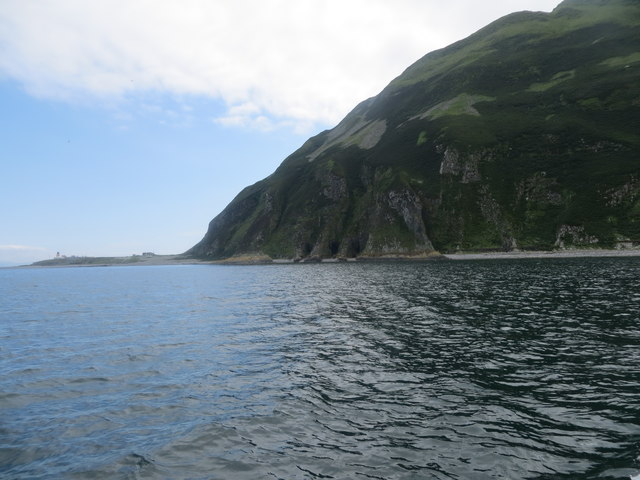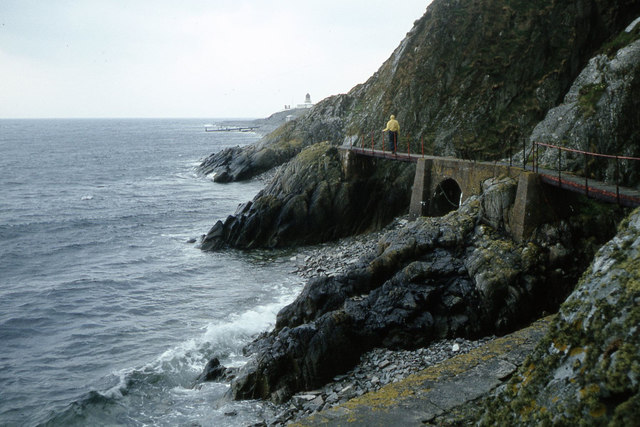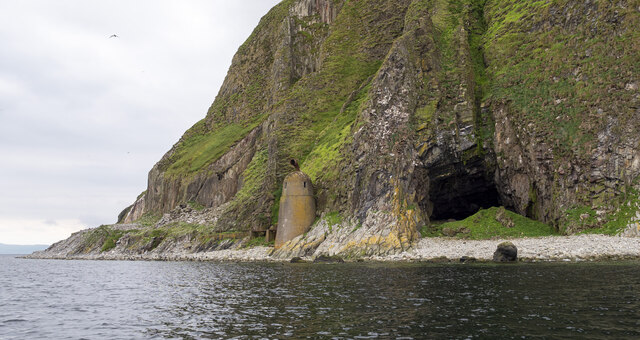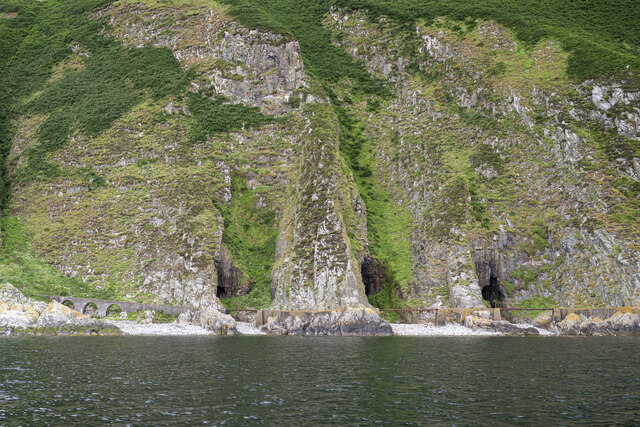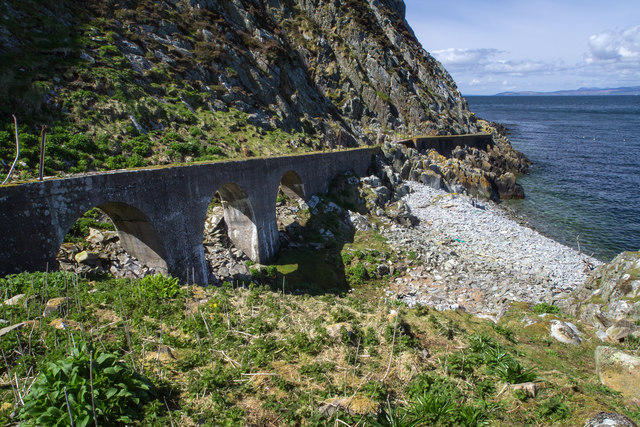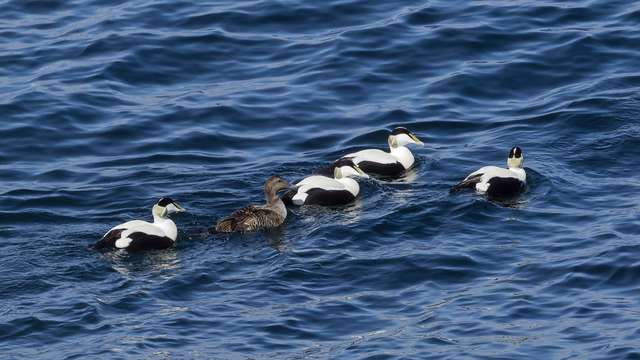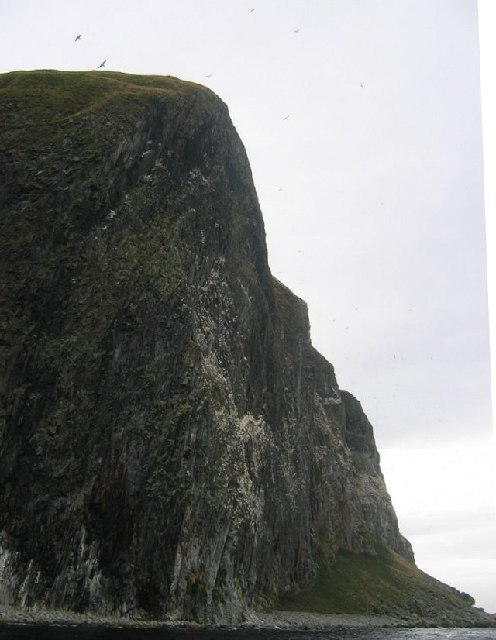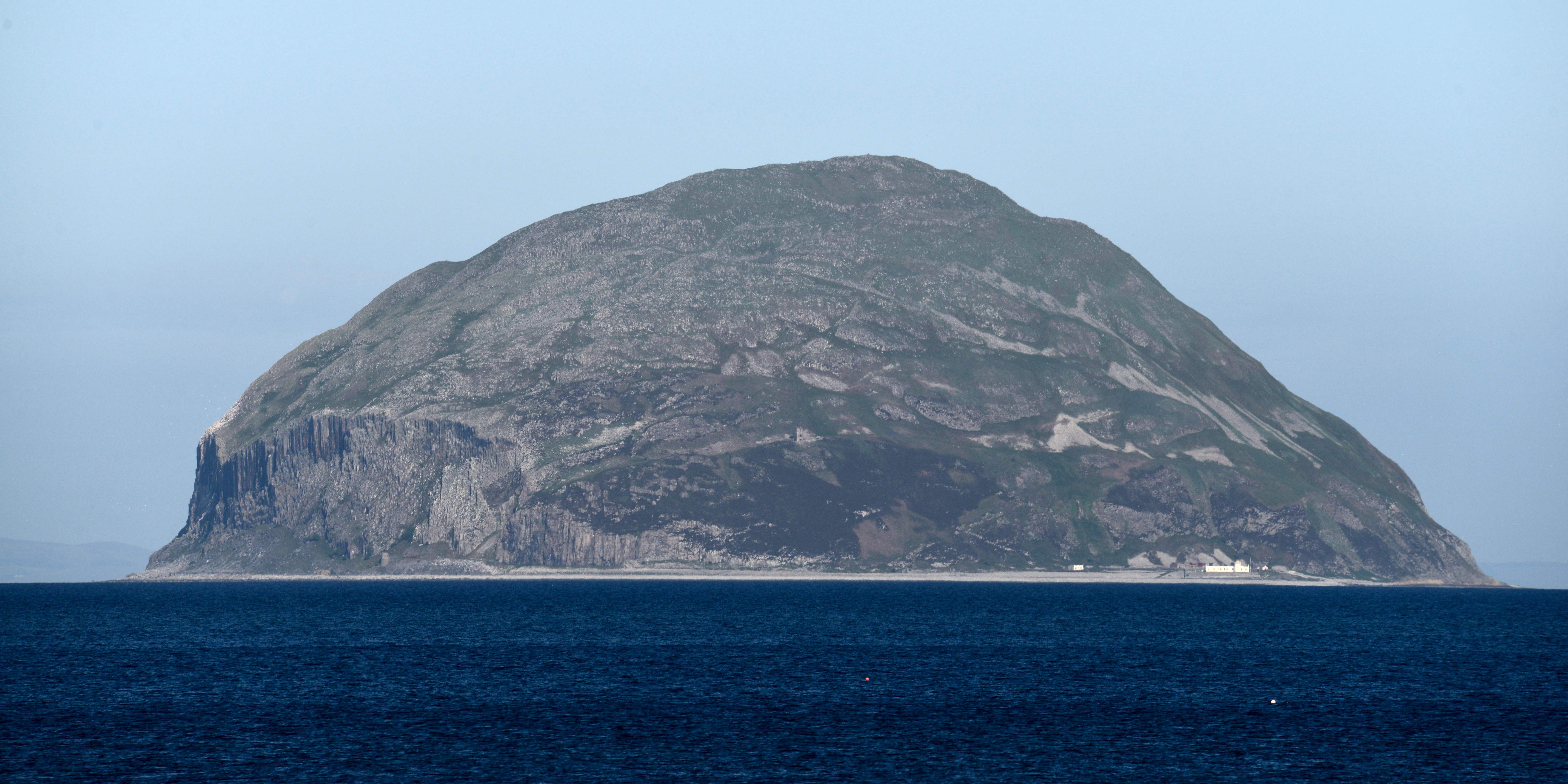Ailsa Craig
Hill, Mountain in Ayrshire
Scotland
Ailsa Craig
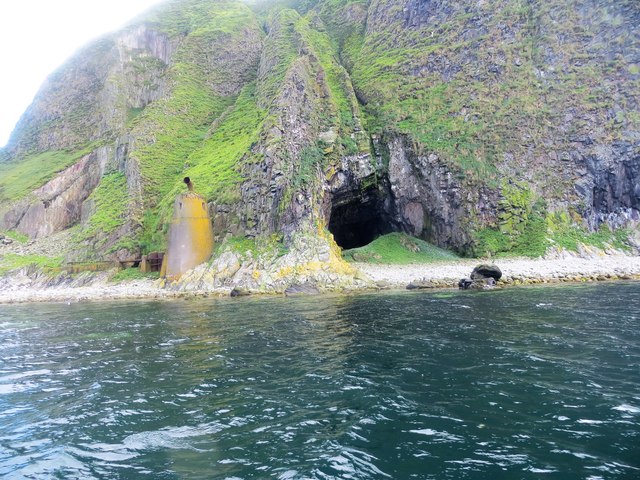
Ailsa Craig is a small uninhabited island located off the coast of Ayrshire, Scotland. Rising dramatically from the Firth of Clyde, it is often referred to as a hill or mountain due to its impressive height and steep sides. The island is approximately 10 miles west of Girvan and 10 miles from the mainland.
This volcanic island has a distinct conical shape and reaches a height of 338 meters (1,109 feet) above sea level. Its sheer cliffs are made up of a type of granite known as blue hone, which is highly valued for its use in making curling stones. In fact, Ailsa Craig has been the main source of this granite since the early 19th century.
The island is a designated bird sanctuary and is home to a wide variety of bird species, including a large colony of seabirds such as gannets, puffins, and guillemots. It is also an important breeding ground for herring gulls and fulmars.
Due to its remote location and lack of facilities, Ailsa Craig is not easily accessible to visitors. However, during the summer months, boat trips are organized from Girvan and other nearby ports, allowing tourists to admire its natural beauty and observe the abundant birdlife.
Overall, Ailsa Craig is a stunning and unique geological formation, rich in natural and historical significance. Its towering presence and diverse wildlife make it a popular destination for nature enthusiasts and birdwatchers alike.
If you have any feedback on the listing, please let us know in the comments section below.
Ailsa Craig Images
Images are sourced within 2km of 55.252581/-5.1183391 or Grid Reference NX0199. Thanks to Geograph Open Source API. All images are credited.
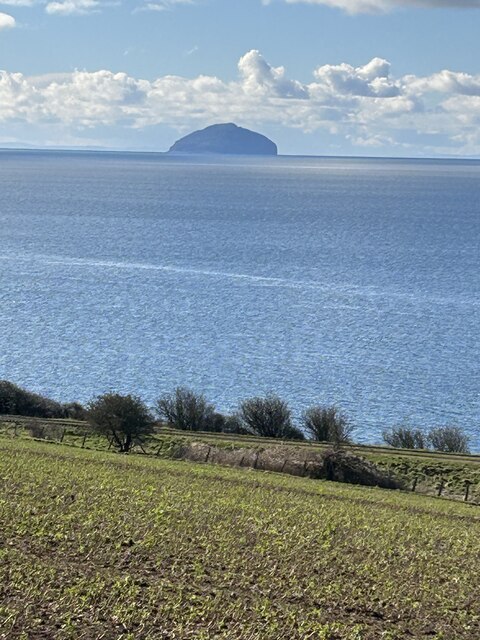
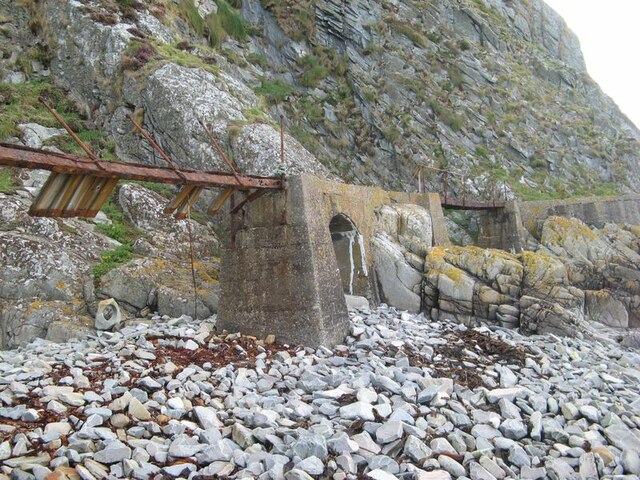
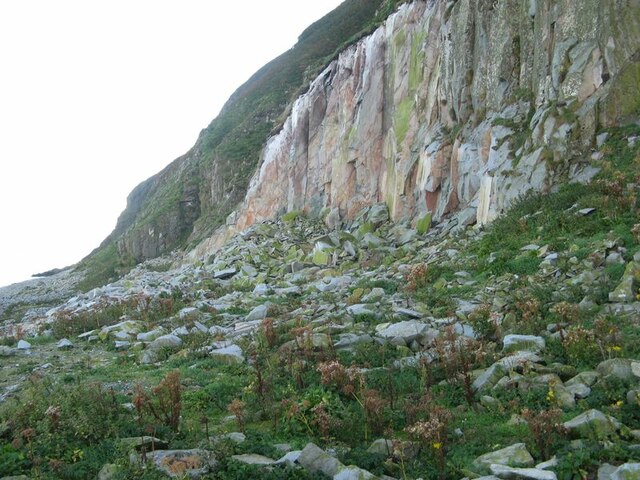
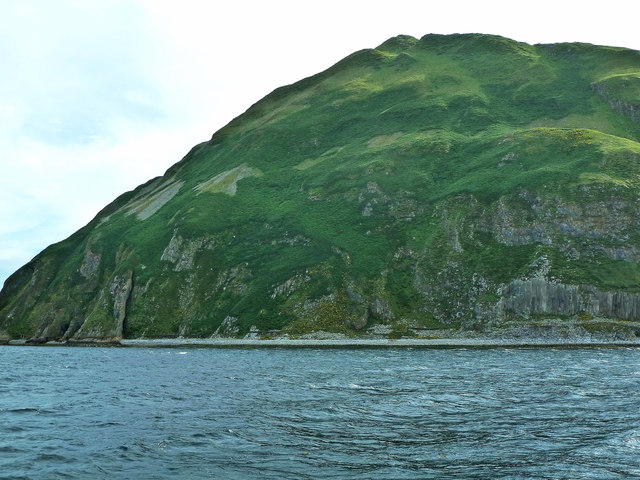
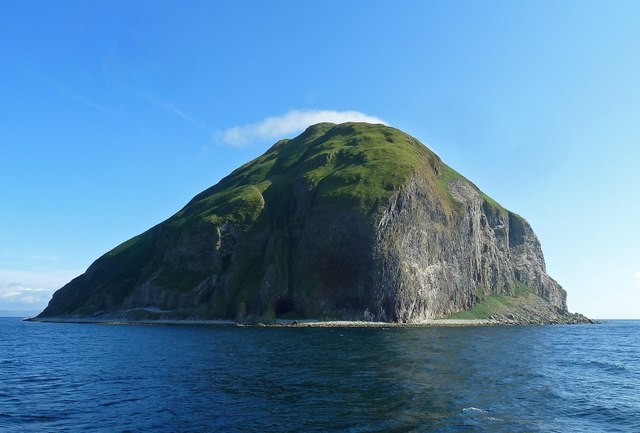
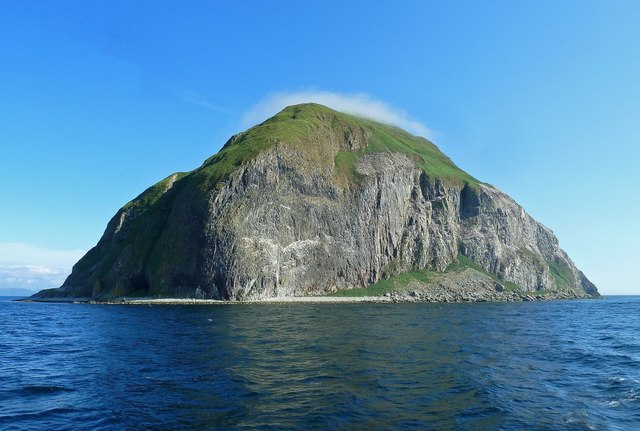
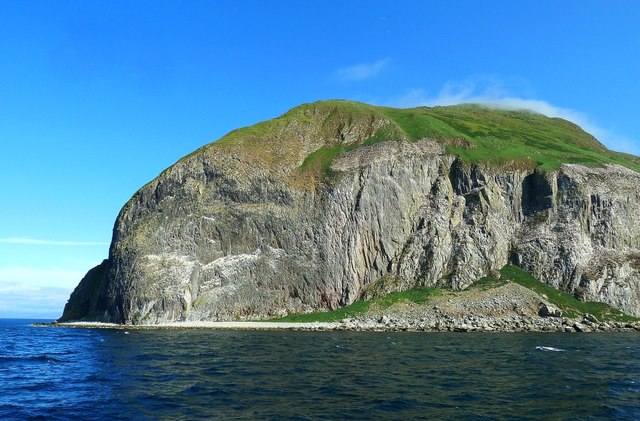
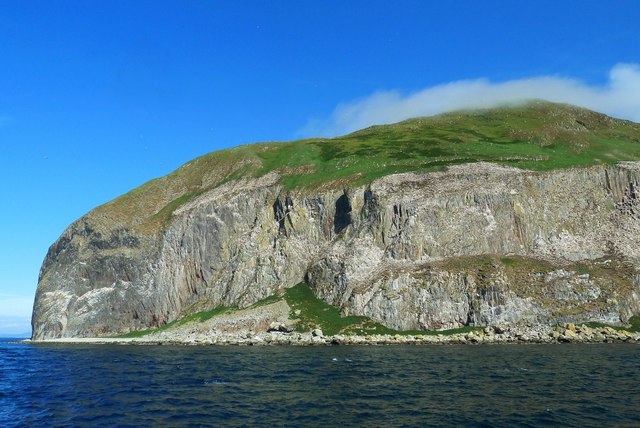
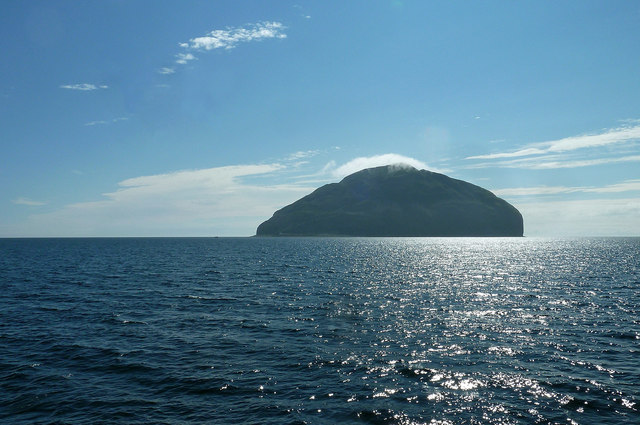
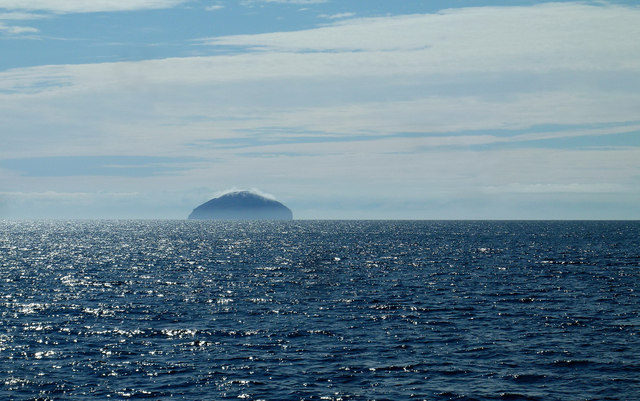
Ailsa Craig is located at Grid Ref: NX0199 (Lat: 55.252581, Lng: -5.1183391)
Unitary Authority: South Ayrshire
Police Authority: Ayrshire
What 3 Words
///optimists.yesterday.tend. Near Girvan, South Ayrshire
Nearby Locations
Related Wikis
Ailsa Craig
Ailsa Craig (; Scots: Ailsae Craig; Scottish Gaelic: Creag Ealasaid) is an island of 99 ha (240 acres) in the outer Firth of Clyde, 16 km (8+1⁄2 nmi) west...
Ailsa Craig Lighthouse
The Ailsa Craig Lighthouse, is an active 19th century lighthouse located on Ailsa Craig, an island in the Firth of Clyde, just offshore from Girvan, South...
Related Videos
Alexander and Daddy's first ever holiday!!! Scotland's West coast near Glasgow (Part 1)
In September 2022 Alexander and his Daddy managed to have their first ever holiday away. We were very kindly invited to stay in ...
AILSA CRAIG
A HIKE TO THE TOP OF AILSA CRAIG (PADDYS MILESTONE)
Waverley’s first visit to Ailsa Craig in 2023
Waverley's first visit to Ailsa Craig in 2023 with history, wildlife and curling stone commentary. Monday 17th July 2023.
Nearby Amenities
Located within 500m of 55.252581,-5.1183391Have you been to Ailsa Craig?
Leave your review of Ailsa Craig below (or comments, questions and feedback).
